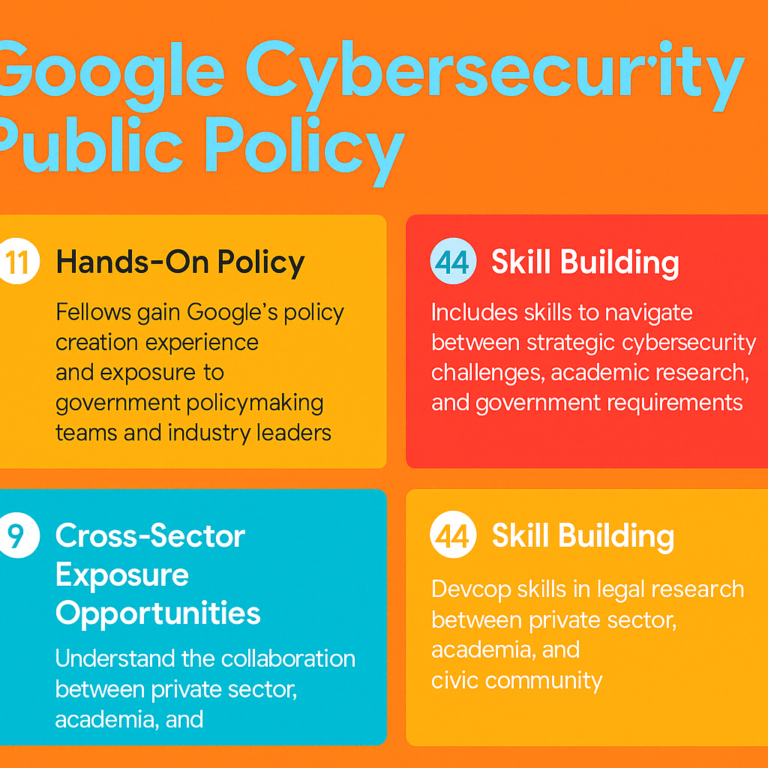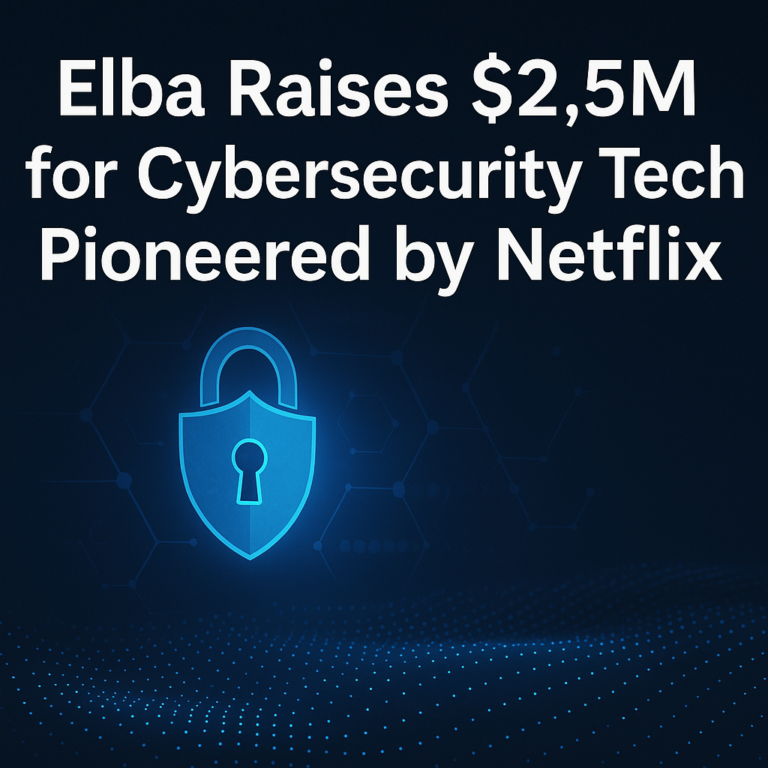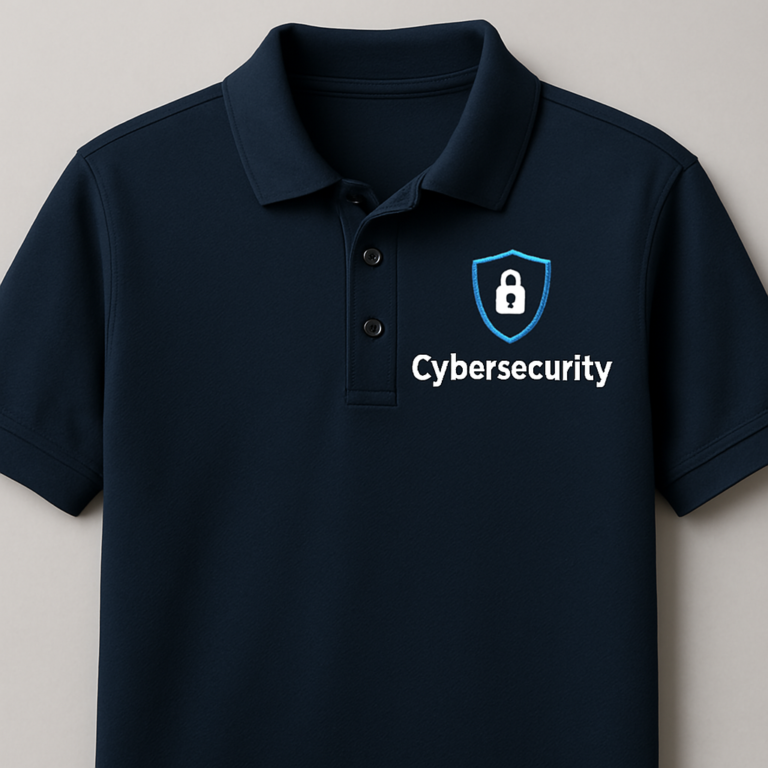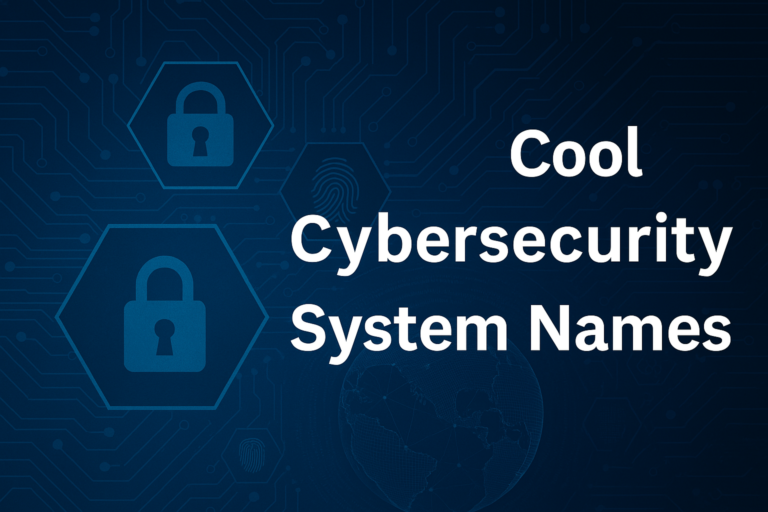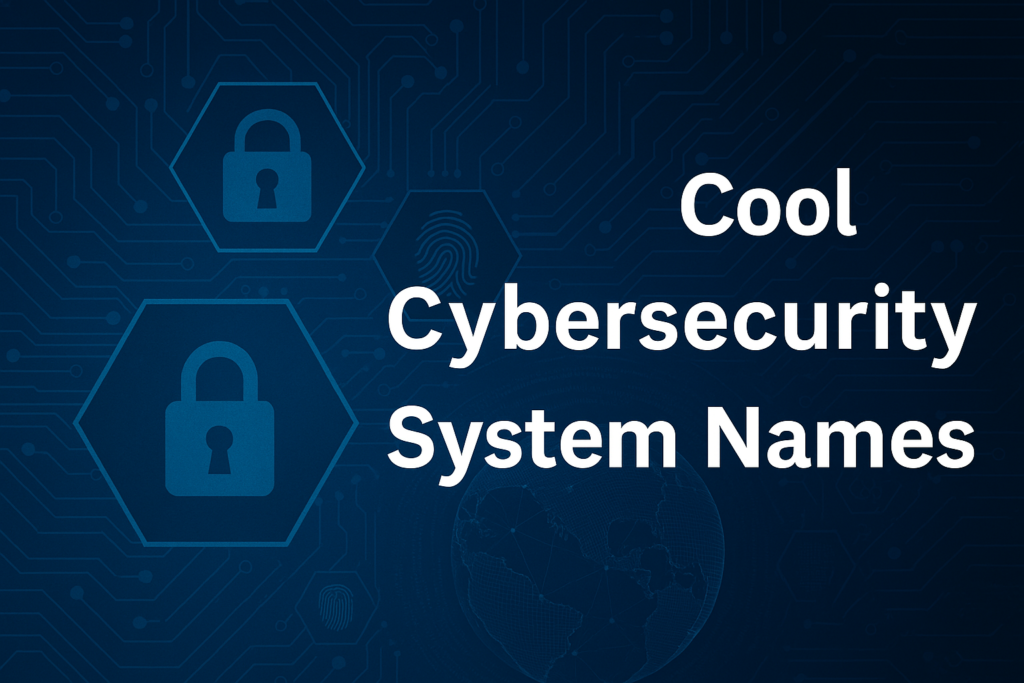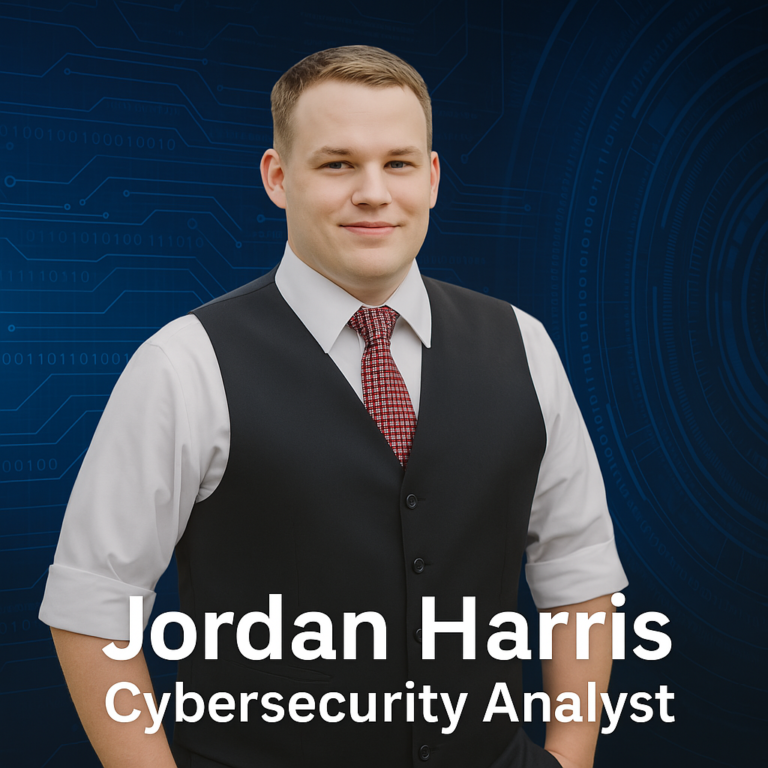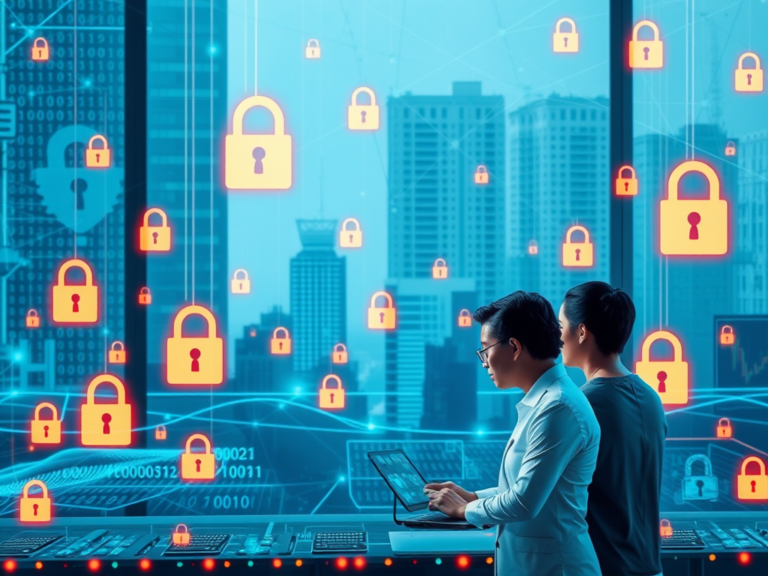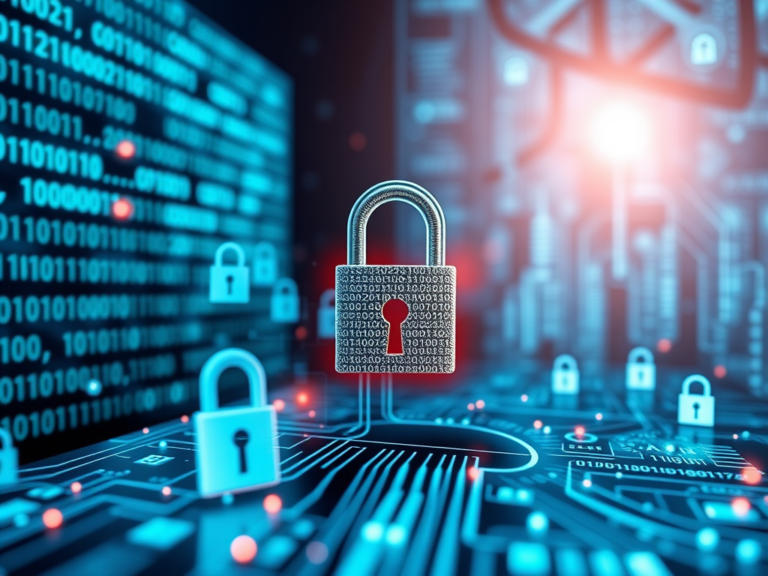In today’s world of increasing cyber threats and rapid digital innovation, the need for strong, thoughtful cybersecurity policies is more important than ever. Google has stepped forward with a solution that not only supports the creation of better policy but also builds a pipeline of future leaders in the space: the Google Cybersecurity Public Policy Fellowship. Aspiring public policy professionals in this challenging program have the opportunity to acquire practical knowledge, help effect change, and interact directly with thought leaders at the intersection of cybersecurity and public policy. Whether you’re a student, early-career policy analyst, or cybersecurity enthusiast with a passion for government affairs, this guide provides everything you need to know about the program, its benefits, and how to position yourself for success.

What Is the Google Cybersecurity Public Policy Fellowship?
Launched by Google Public Policy, this fellowship is part of the company’s broader commitment to supporting digital security and public interest technology. It places selected fellows with prominent think tanks, NGOS, academic institutions, and civil society groups.
The fellowship focuses on:
- Cybersecurity policy research and development
- Government relations and regulatory engagement
- Tech policy analysis related to digital security
- Cross-disciplinary collaboration on privacy, data, and security
Google provides funding to the host organisations, which then support fellows through structured work, mentoring, and research opportunities.
Key Features and Benefits
- Hands-On Policy Experience
- Fellows gain direct exposure to how cybersecurity policy is crafted, debated, and implemented in real-world contexts.
- Possibilities for Networking
- The initiative links fellows with Google’s own policy and legal teams, cybersecurity specialists, and policy leaders. Most placements provide a paid stipend, which helps to make the program available to a broad spectrum of candidates.
- Cross-Sector Exposure
- Participants explore how the private sector, government, and civil society work together (and sometimes in tension) to shape digital safety policies.
- Skill Building
- Fellows sharpen skills in legal research, stakeholder engagement, communications, and policy drafting—valuable assets in any public affairs career.
Eligibility and Application Process
Who Can Apply?
The fellowship is typically open to:
- Graduate students or recent graduates in law, public policy, international affairs, or computer science
- Early-career professionals with an interest in cybersecurity policy
- Individuals with demonstrated commitment to technology policy or digital rights
Application Materials Usually Include:
- Updated resume or CV
- Statement of interest (cover letter-style)
- Writing samples (policy-focused preferred)
- Letters of recommendation (optional but beneficial)
Application Tips:
- Show genuine passion for cybersecurity and public interest tech
- Tailor your application to reflect awareness of current cybersecurity policy challenges
- Demonstrate communication and analytical skills
Google often partners with organisations such as the New America Foundation, Public Knowledge, and the Centre for Democracy & Technology to host fellows. Deadlines and requirements may vary slightly by host organisation.
Past Fellows: Real Impact Stories
Case Study 1: Policy Research at CDT
A former fellow worked with the Centre for Democracy & Technology to research international cyber norms and data breach legislation. They later went on to a role at the U.S. Department of Homeland Security.
Case Study 2: Digital Security in the Global South
Another fellow was placed at a think tank focusing on cybersecurity capacity building in the Global South, helping to develop frameworks that informed international development aid.
These stories highlight how the fellowship can be a launchpad for influential careers in policy, government, or tech advocacy.
Broader Impact: Why This Fellowship Matters
Addressing the Talent Gap
Governments around the world face a shortage of professionals with the combined skills of cybersecurity literacy and policy acumen. This fellowship helps bridge that gap.
Building Diverse Perspectives
By supporting fellows from diverse backgrounds, Google helps ensure that cybersecurity policy reflects the needs and values of different communities.
Advancing Global Digital Security
As cyberattacks become more sophisticated and widespread, strong public policy is needed to guide private sector action, enforce standards, and protect users. Fellows are on the frontlines of this movement.
How to Prepare for the Fellowship
- Build Foundational Knowledge
- Understand key issues like zero-trust, privacy regulation, cybercrime law, and global internet governance.
- Gain Practical Experience
- Intern with government tech offices, policy think tanks, or civil liberties organisations.
- Follow Cyber Policy Trends
- Stay informed with blogs like:
- Lawfare Blog
- Schneier on Security
- Brookings Cybersecurity Project
- Stay informed with blogs like:
- Develop a Niche
- Whether it’s digital rights, critical infrastructure, or election security, specialising helps your application stand out.
READ MORE – Fully Funded Cybersecurity PhD Programs: Your Complete Guide to Earning While You Learn
FAQs
- Is the Google Cybersecurity Public Policy Fellowship paid?
- Yes, most placements include a stipend, though the exact amount depends on the host organisation.
- Can international students apply?
- Yes, depending on the host organisation. Some fellowships may require U.S. work authorisation.
- When do applications open?
- Typically in the spring (March–April), but check with partner organisations for exact dates.
- What kind of projects do fellows work on?
- Fellows may contribute to policy papers, analyse legislation, engage with lawmakers, or organise cybersecurity roundtables.
- Is a technical background required?
- Not necessarily. A passion for cybersecurity and some familiarity with digital technologies are key. Legal or policy experience is often more important.
Conclusion:
The Google Cybersecurity Public Policy Fellowship is more than just a resume booster—it’s a chance to help shape the digital future. For individuals who care deeply about privacy, security, innovation, and policy, this program provides a platform to grow, contribute, and lead. By combining technical curiosity with policy insight, fellows become change agents in an increasingly complex world. If you’re ready to make an impact at the nexus of technology and public interest, this fellowship could be your next big opportunity. Start preparing now, stay informed, and when applications open, apply with confidence. Your cybersecurity policy journey starts here.
